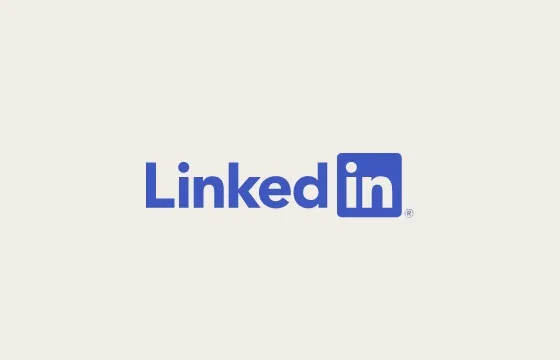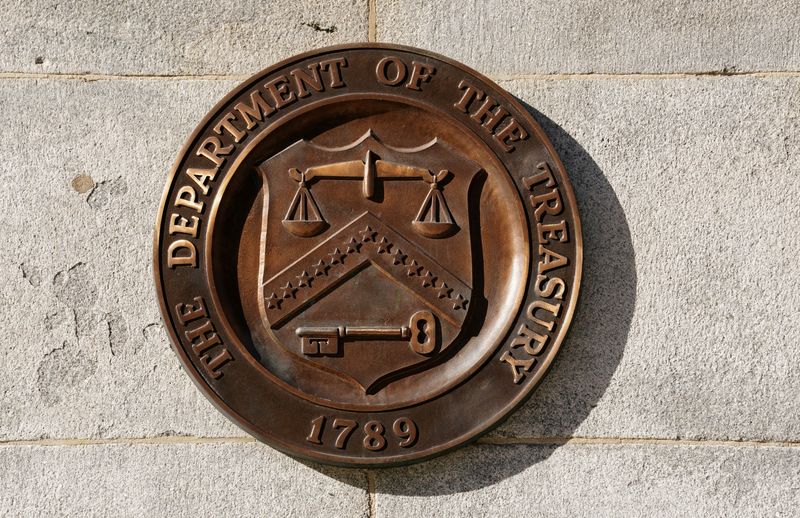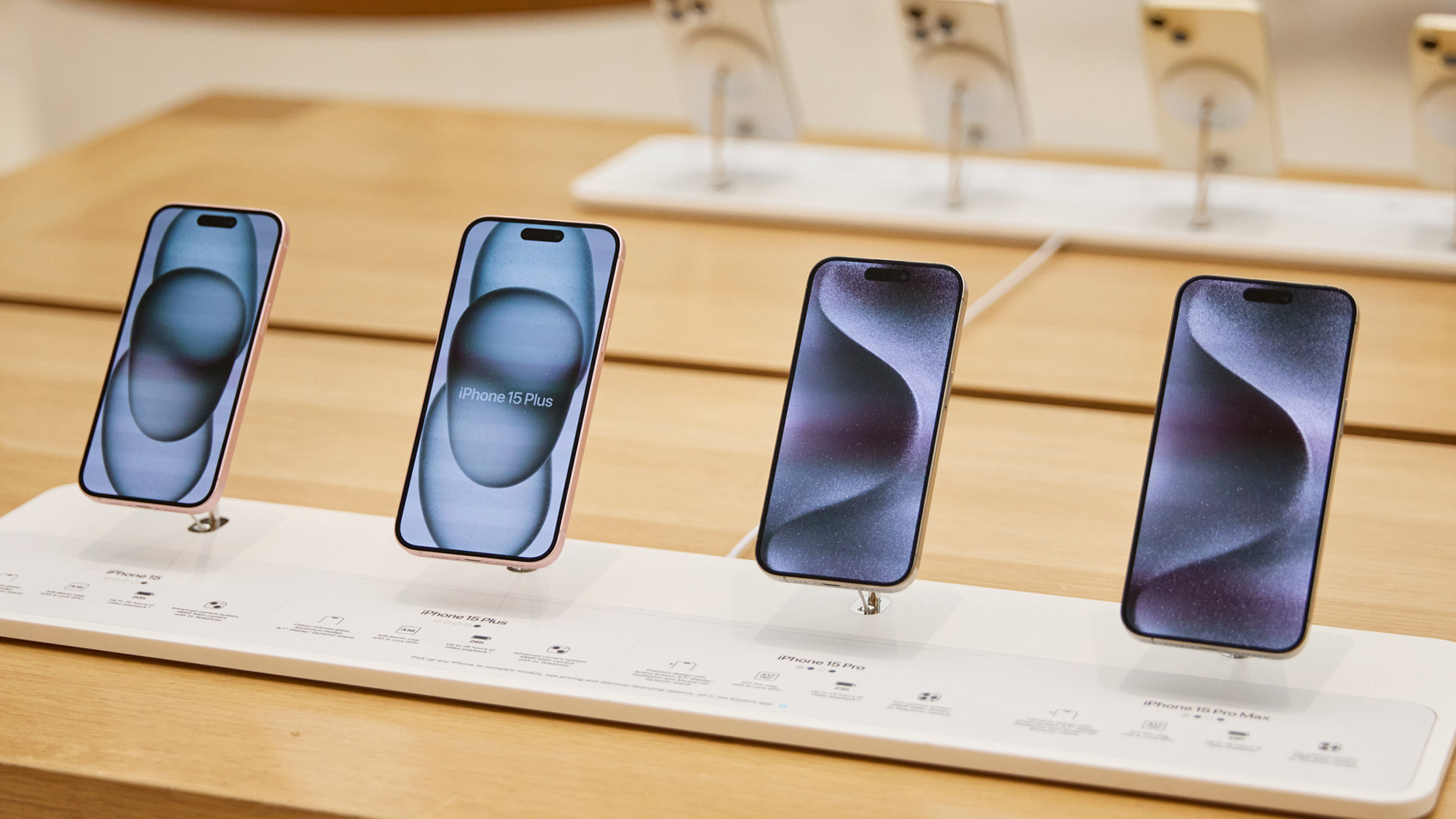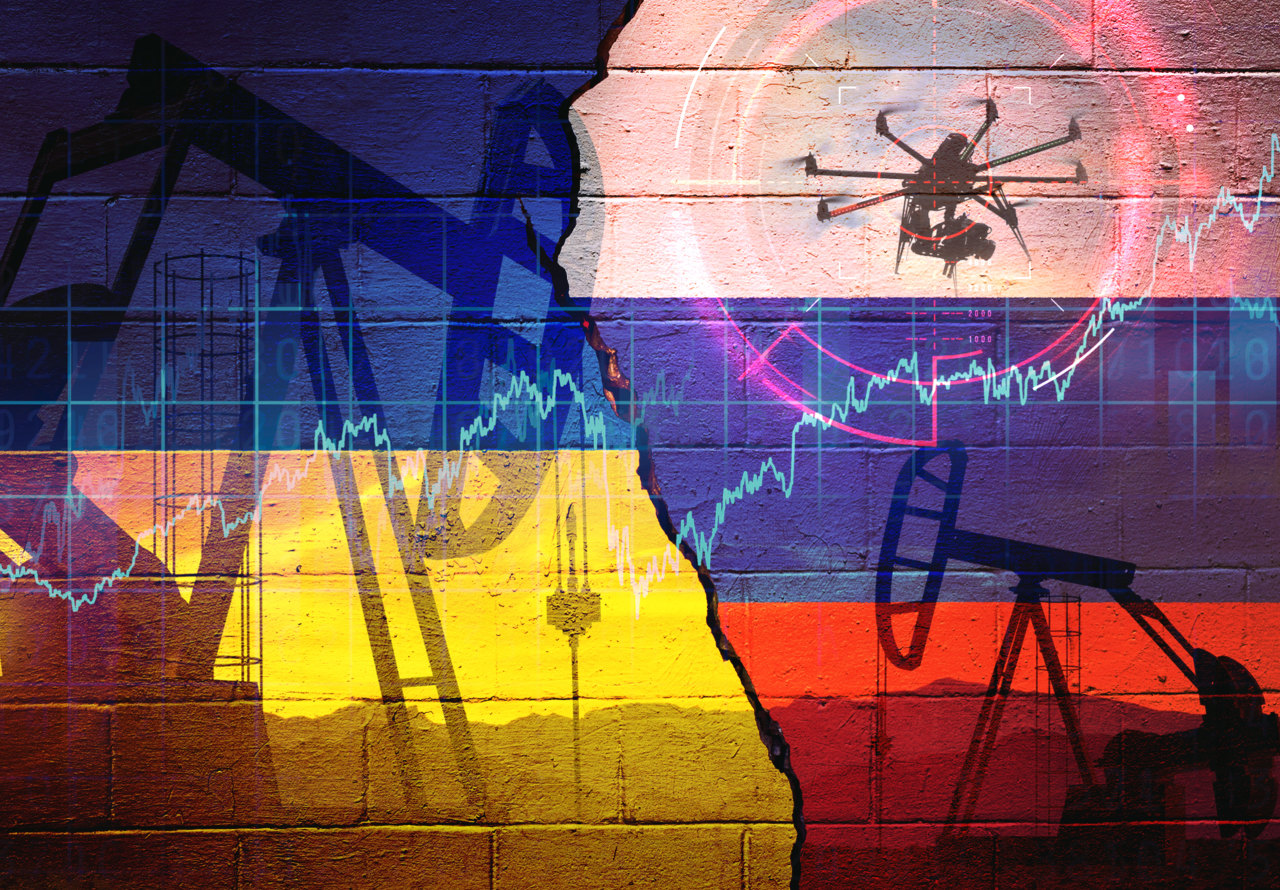Data-driven procurement: How advanced analytics are guiding sourcing in volatile markets
From enhancing supplier relationships to demand forecasting to reducing risks, procurement analytics is helping procurement teams make better and faster decisions.


The procurement function is no longer limited to buying goods and services. It is now a strategic play and has become integral to a company's success. With a market rife with volatility, from price change to supply chain disruptions and demand unpredictability, procurement teams cannot continue relying on anecdotal or unmanageable information; we need analytics for timely and informed strategic decisions. This combination of data and analytics helps procurement professionals respond to an immediate challenge effectively and navigate through uncertainty strategically with utmost confidence.
The changing role of procurement
Historically speaking, procurement has been considered a back-office function that sits in the corner, assigned to obtain goods and services at the lowest possible price. However, it is this dynamic character where procurement is emerging as a major lever of organisational strategy in this era of rapid changes. This change is especially driven by the increasing magnitude and effect of data and technology in the procurement journey. With the increasing economic and geopolitical uncertainties, companies have started relying more on data-based results to inform and devise their sourcing activities.
Advanced analytics can help in getting real-time or on-demand information regarding supply chain performance, supplier reliability, and market conditions. Procurement leaders are equipped with the right data, enabling them to better measure supplier performance and project demand, identify opportunities for cost savings, and mitigate risks like never before. 
Improving supplier performance with data
One of the leading spaces where the intersection of custom data and technology is transforming is in supplier performance management. In a volatile market, dependable suppliers are essential. Procurement teams have to quickly determine it then whether is a supplier capable of delivering based on price, quality, and lead time.
Take this example of a manufacturing company struggling with supplier performance and using analytics to keep track of KPIs like on-time delivery, quality scores, and pricing trends. Using these metrics, the company was able to spot poorly performing suppliers early and make an informed decision on whether to renegotiate contracts or change suppliers to the one offering the higher performance. It decreased the costs involved in procuring parts and enhanced the dependability of the supply chain.
Using data to manage supplier performance allows businesses to avoid disruptive supply chain issues, whilst also enabling businesses to cultivate their relationships with suppliers through clear measurements and open feedback. This, as a result, allows procurement teams to make sure that they are working with suppliers who perform well, consistently.
In one case, a global consumer goods company used predictive analytics to study historical sales data, market trends, and other external influences to enable better product demand forecasting. Through smart procurement, the company aligned its strategy with demand forecasts, avoiding excess inventory, reducing waste, and increasing supplier rebates. Not only did it help them process more orders, but it also resulted in 20% cost savings driven by intelligent inventory management.
Predicting demand with advanced analytics
Demand forecasting is another strong use case for advanced analytics. When demand spikes or plummets suddenly due to market changes, the ability to accurately predict future demand allows procurement to proactively adjust sourcing strategies rather than reactively scramble.
The same was true for a global consumer goods company that leveraged predictive analytics to comb through historical sales data, market trends, and other external factors, and it matched that information to accurate forecasts of product demand. This is how the company was able to get better pricing with suppliers, and at the same time, with a procurement strategy that matched demand, there was no excess inventory, which in turn meant there was no wastage. Not only did this reduce its operational overheads but also helped save substantially.
This is especially important for sectors that are cyclical or highly sensitive to external factors, like fashion, electronics, and automotive, as it allows them to make more informed decisions using data-driven predictions.
Real-time insights: Keeping procurement agile
Among the top benefits data-driven procurement has to offer is real-time decision-making. Times are changing so fast that the value of the market may change overnight, and therefore, procurement teams need to become agile and responsive. The pricing trends, availability of suppliers, and supply chain disruptions provide real-time insights that enable procurement leaders to change their approach dynamically.
For instance, brands feature customisable dashboards where procurement teams can get a clear picture of critical metrics like supplier lead times, pricing trends, order fulfilment, etc. It gives teams a real-time view of data, enabling continuous monitoring of supplier performance, which in turn helps teams steer clear of disruptions and demands for better contract negotiations.
Mitigating risks through data-driven insights
Given the heightened risk environment of today's global supply chain, whether from rising geopolitical tensions, natural events, or procurement limits, risk mitigation relies on access to timely data. Procurement teams can get a better idea of how much reliance they can place on suppliers by using analytics to get their qualitative and quantitative risk profiles. They allow procurement professionals to assess financial health, identify geopolitical risk, and follow any other leading indicator of a disruption to the ability of a supplier to deliver.
This proactive monitoring is the secret to managing your risk effectively. The company, which was facing uncertainty in its supplier network as a result of global trade tensions, applied predictive models to flag potential risks in its crucial supply chain in advance. The firm's ability to track market conditions and supplier performance instantaneously, combined with its diversification of suppliers and negotiation of better terms, helped it to mitigate risk and provide more stable supply chains.
Conclusion
Corporate procurement will continue to change, but one thing is certain: data will continue to play a central role in procurement decisions. The only way for companies to effectively navigate the intricacies of global supply chains in the current landscape is to embrace data-driven procurement. From enhancing supplier relationships to demand forecasting to reducing risks, procurement analytics is helping procurement teams make better and faster decisions.
(Gaurav Baheti is Founder and CEO of Procol, an all-in-one sourcing platform.)
Edited by Kanishk Singh
(Disclaimer: The views and opinions expressed in this article are those of the author and do not necessarily reflect the views of YourStory.)
























































































































































































